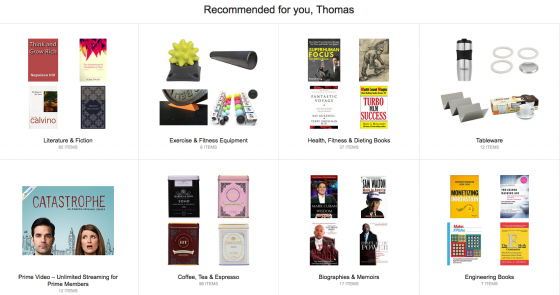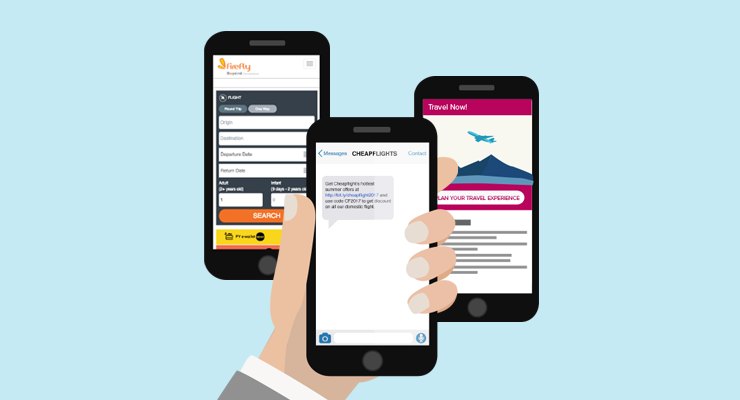As the world continues to become more and more digital, there is a stronger need for brands to stay ahead of the game when it comes to digital marketing trends. Yes, it’s important to stay up-to-date with the current comings and goings, but having the foresight of what will work and what won’t is vital for a company’s future standing.
If you want to stay relevant, putting all your focus on what works now will not be enough to keep you afloat later.
Like the years before it, experts on the subject at hand had their own predictions for 2018. They discussed what they thought would work and which would hold the most significant value. But with the year coming to a close, the question has changed: Did these predictions come true?
Chatbots will take the lead
While chatbots have been around for some time, it was predicted in 2017 that they would take the spotlight this year. After all, companies around the world boasted noteworthy growth rates and a vast majority of consumers admitted speaking with Chatbots for customer support issues. Moreover, surveyed individuals largely had positive reviews of their use of this technology.
Armed with this knowledge, it’s no surprise that several large companies invested time and effort into mastering the art of the Chatbot—with some key successes. The Facebook page of NatGeo Genius, for example, showcased a Messenger bot that conversed with users using the voice of its featured Genius. Individuals could send messages and a Genius’ voice would answer, armed with knowledge on their specified field and the show.
It worked:

And that’s just one of the many brands who have taken to using chatbots — and surely, in the coming years, many more will follow suit.
Personalization provides a unique experience
With a surplus of content to go through—ads, reviews, commercials, video, print—it can get daunting and sometimes annoying for a consumer to weed out what’s important to them. The answer for this was slated to be personalization and 2018 has proven we’re on the right track.
Individuals prefer an experience that is as seamless as can be, from the moment that they wake up to the minute that they lay back down on their beds. While it isn’t exactly wide spread at this point, companies like Amazon have taken the lead in providing this type of end-to-end service. They’ve used their algorithms to make tailor-fit experiences for their users, hence building on brand trust.

Perhaps more importantly, however, we must note that this personalization has also led to a significant increase in sales. In 2013 alone, 35% of Amazon’s revenue was generated through personalized recommendations — no wonder brands continue to jump on the bandwagon year after year.
Influencer Marketing sells real experiences
Gone are the days when supermodels dictated what was hot and what was not. Nowadays, it’s all about social media influencers (and micro-influencers). People tend to gravitate towards more “authentic” individuals who have built a following based on real reviews and their honest opinions. If anyone thinks this trend is falling and falling fast, they were never more wrong.
Online personalities like Jeffree Star make thousands (if not millions) of dollars a year on their videos. Locally speaking, influencers like Laureen Uy and Wil Dasovich have thousands of individuals watch their stories, like their posts and digest their content—and there seems to be no stopping it.

And the trend just seems to be reaching newer and newer heights, with companies creating virtual influencers. What’s next? Only time will tell.
Voice search is the way
Once upon a time, print was the way to get information out. And for a while, it seemed like turning to voice search was the next step, but that just hasn’t been the case this year — yet. With the mounds of information at everyone’s fingertips, it can get challenging to weed out what’s correct and what isn’t—even for bots.
Case in point: Burger King. The fast food chain had the brilliant idea of running a campaign on smart devices that relied on voice search. The idea was simple enough: individuals could have their devices read a list of burger ingredients posted on Wikipedia. This project, however, was quickly taken advantage of when hackers changed the list to include ingredients like cyanide.
Voice search is the future of search — just maybe not this year. Chances are, voice search won’t be automated until search results become more reliable. Until then, there’s always next year (or 2020, when 50% of search queries are said to be made without screens).
Staying woke means taking political to the digital line
With woke culture becoming more and more prominent, brands were given a particularly difficult task: Take a stand. With the world as it is, consumers choose companies not only based on the products they offer or the services they provide; it’s become almost necessary to relate to them on a more personal level. But as 2018 has proven, sensitivity is still an issue that needs to be addressed.
As the Kendall Jenner x Pepsi debacle has proven back in 2017, if society does not agree with you, it can chew you up and spit you out—even if you’re an international and multi-million-dollar company.
Consumer behavior is a tricky avenue to go down, but it has the power to make or break a company. Trends come and go, but having a firm grasp on your audience and knowing what they look for is vital in staying in the game. At this point, for example, it looks like social media will remain a strong player. But if you need more convincing, check our article on Why Brands are Investing More on Social.




